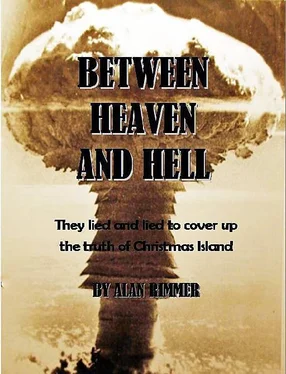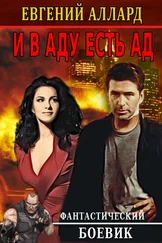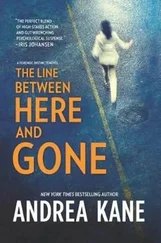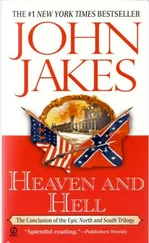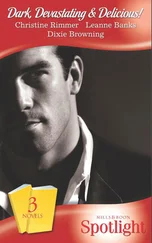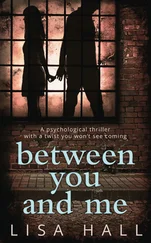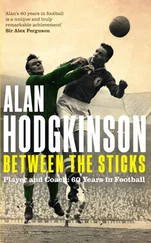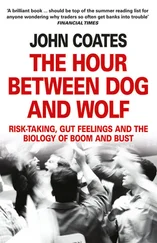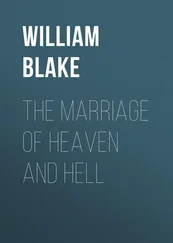Statistician John Urquhart, a government adviser on radiation issues, was asked to analyse the figures.
He calculated the leukaemia rates in the grandchildren were six times the national average. The number born with deformities and other crippling diseases were ten times the norm, and the figure for Down’s syndrome was seven times more than expected.
Seemingly, something terrible was happening in the families of nuclear veterans. A new pandemic was at work: a sick family syndrome threatening untold generations with disease and early death.
Prof Joseph Rotblat was among the first to comment: “This confirms our worse fears about what can happen if the DNA is damaged by radiation. These figures are extremely alarming. They should be published and discussed.”
Richard Stott excoriated the Government in an article in the mass circulation Daily Mirror newspaper: “How many more generations of the damned will our politicians allow to suffer before they accept the calamities of their predecessors and the consequences of their own cowardice?” he thundered. “In a very few years there will be no nuclear test veterans left, old soldiers are fading away fast now.”
There was an outcry. MPs tabled Parliamentary questions. A Commons motion demanding compensation for the victims and a thorough study of the new evidence was backed by 80 MPs.
Norwich Labour MP Dr Ian Gibson won the backing of MPs for an emergency Commons debate. He told the House: “For many, many years I have known of the hazards of radiation. I have met many people who were involved in the nuclear tests. I can see that they and their families are suffering from exactly the same long-term effects, in some cases lethal. From my knowledge of the atomic bombs on Hiroshima and Nagasaki, there is a direct similarity in terms of genetic effects across generations. The problem is that the Government refuses to see what I regard as the clearest evidence.”
Veterans from all over the country converged on Parliament to listen to the emergency debate. Ken McGinley was persuaded to come out of retirement to add his weight, and was treated like a hero.
Hundreds stood outside waving placards. They had arrived in buses, cars, invalid carriages and even motor-cycle sidecar. They came on foot, on crutches and in wheelchairs. Many would have crawled there if no other transport had been available.
In the crowd was Shirley Denson whose RAF husband Eric died so tragically and Archie Ross with daughter Julie.
Since her experience in the pensions court, Mrs Denson had become one of the MoD‘s most implacable opponents. With her long hair flowing behind her, she had morphed into a Boadicea figure moving determinedly through the throng, chivvying the huddled pensioners and keeping up spirits.
At a noisy rally in a Commons committee room, Richard Stott and Dr Gibson, sharing a platform with John Urquhart and internationally-renowned nuclear expert John Large, gave rousing speeches and were rapturously cheered.
During the emergency debate that followed, defence minister for veteran’s affairs Dr Lewis Moonie floundered during intense questioning from MPs. In a bad-tempered debate he promised the latest evidence would be sent to “experts” for review.
The veterans were in ebullient mood. They believed they had the Government on the run. Many thought it was only a matter of time before victory was theirs. Dr Gibson said he had the ear of Tony Blair and was trying to arrange a meeting to discuss compensation. Was the long fight over at last?
Unfortunately the Ministry of Defence didn’t see it that way. After sitting on the dossier for several weeks, Mr Moonie replied. In a lengthy statement, he predictably questioned the scientific basis of the study, and produced a blizzard of statistics.
He wrote: “I have to say that our considered view is that the scientific basis of the study is highly questionable… the study is based on 350 families of British nuclear test veterans. It has to be said that the 350 families form a small sample group, given that there were in the region of 20,000 test veterans. Based on the average family size in the UK in the intervening years, it could be assumed that test veterans would have had about 50,000 children who would subsequently parent around 100,000 grandchildren…”
Mr Moonie continued in a similar vein for six pages, before finishing: “I do not believe that the information presented in the dossier provides evidence that would lead us to review our policies on war pensions.”
In the wake of this, Tony Blair pulled out of planned discussions. It was another crushing blow for the veterans, and there were howls of protest from all sides of the political divide.
Labour MP Dr Ian Gibson joined forces with Tory MP John Baron and forced a parliamentary debate. Representatives from the National Radiological Protection Board, now calling itself the Health Protection Agency, agreed to attend the meeting.
But the new organisation, under the thumb of the Ministry of Defence, was as intractable as the old. The same old arguments where wheeled out: no evidence of radiation exposure; statistical studies found no discernable difference in the health of test participants; the men were never in any danger…
The press lost interest, the MPs ran out of words and the initiative once again slipped away from the veterans.
Somehow the campaign staggered on, kept alive by Shirley Denson and Dennis Hayden, a veteran of the Australian bomb tests, and a few other stalwarts who formed a breakaway group which fought increasingly fruitless skirmishes with the Ministry of Defence.
They were derided as “Sunday afternoon revolutionaries” in some quarters for their zeal in trying to keep the campaign in the news agenda, but they ignored the jibes and carried on regardless.
Meanwhile the suffering of the innocents continued unabated. As the politicians argued, a tiny baby boy was being laid to rest in a corner of windswept country graveyard in Swansea.
Around the small white casket were his mother, grandmother and great-grandmother. The infant was called Joshua and he never had a chance to see the world: he was still-born at 25 weeks, a tragic signal that the genetic scourge had jumped to the fourth generation of British servicemen who took part nuclear bomb tests 50 years earlier.
Joshua’s family decided to bury him next to his great-grandfather John Condon, an RAF serviceman who died of leukaemia, aged just 24.
Mr Condon died of leukaemia two years after he worked on the Valiant and Canberra bombers used in the H-bomb tests at Christmas Island. He was stationed at Burtronwood, the giant bomber base near Liverpool, as the bombers returned “red-hot” to the UK, and it was his job to strip down the highly-radioactive engines.
Very soon he fell ill, and was diagnosed with the incurable blood disease. His widow Margaret was left to bring up their one-yr-old daughter Diane alone.
Seven years after her husband died, Margaret was also diagnosed with leukaemia. Astonishingly it was the same rare form of the disease that had killed her husband. It was only when she made enquiries at the hospital that treated him that she learned his illness may have been linked to radiation exposure.
But she was still at a complete loss to understand how she could have contracted the same disease until told she may have been contaminated by washing her husband’s overalls which he brought home after work.
Mrs Condon wrote to the Ministry of Defence, and was reassured that her husband had never been contaminated, and it followed, therefore, that she could not have been affected.
But tragedy struck again when their daughter Diane developed a cancerous tumour and her unborn baby was aborted. She was given chemotherapy treatment and appeared to have beaten the cancer, but miscarried twice more before giving birth to a healthy daughter, Rebecca.
Читать дальше
